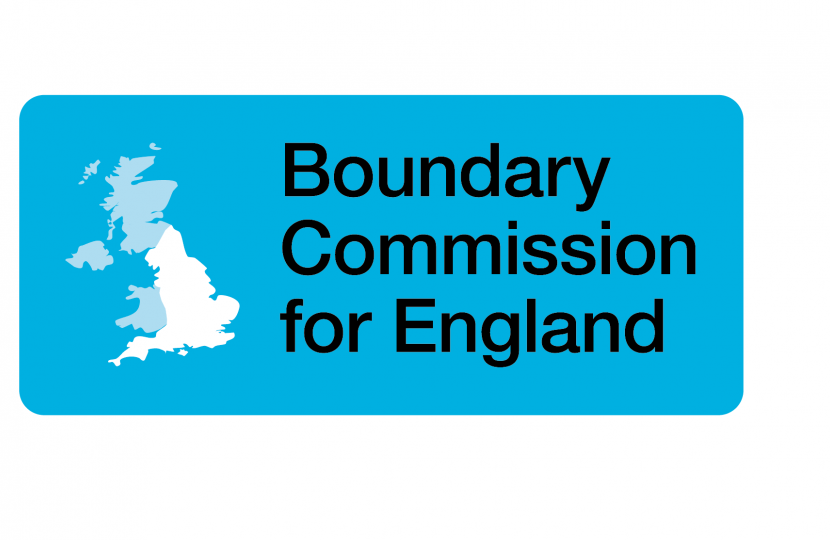
As you may have seen today, the Boundary Commission has published their initial proposals for changing the boundaries of constituencies. The Commission is independent and I and my fellow MPs have had no role in drawing the boundaries – we were shown them for the first time yesterday.
The aim is to standardise the size of constituencies so that MPs represent pretty much the same number of people. Regular reviews of parliamentary constituency boundaries are an essential cornerstone of a healthy democracy, ensuring that every vote has equal value.
In England constituencies currently range between 55,000 and 100,000 people, and the aim of the Boundary Commission is to ensure that constituencies must have no less than 69,724 Parliamentary electors and no more than 77,062.
With 84,000 registered voters at the 2019 General Election, it has been clear that changes would be proposed to the Witney constituency to reduce this. Indeed, it has been clear for some time now that significant changes would be required to constituencies across Oxfordshire during the next Boundary Review, owing in large part to the level of growth in and around Bicester.
The Commission’s proposal is therefore to create a new Bicester constituency, which would include the Eynsham & Cassington, Freeland & Hanborough, North Leigh, Stonesfield & Tackley, and Woodstock & Bladon wards which are currently part of the Witney constituency.
To compensate for the Banbury constituency’s loss of Bicester, the Witney constituency wards of Chadlington & Churchill, Charlbury & Finstock, Chipping Norton, Kingham, Rollright & Enstone, and The Bartons would become part of the Banbury constituency.
To compensate for these changes, the Wantage constituency wards of Faringdon, Kingston Bagpuize, Thames, Stanford, and Watchfield & Shrivenham would become part of the Witney constituency. These would join with Witney’s pre-existing and remaining wards/towns of: Alvescot & Filkins, Ascott & Shipton, Bampton & Clanfield, Brize Norton & Shilton, Burford, Carterton, Ducklington, Hailey, Minster Lovell & Leafield, Milton-under-Wychwood, Standlake, Aston & Stanton Harcourt, and Witney.
This would leave the Witney constituency with an electorate of just under 73,000.
It is important to note that these initial proposals, put forward by the independent Boundary Commission, will be subject to lengthy and detailed consultation in the weeks and months ahead. No decisions have been made and the Commission’s final proposals are not expected until 2023.
